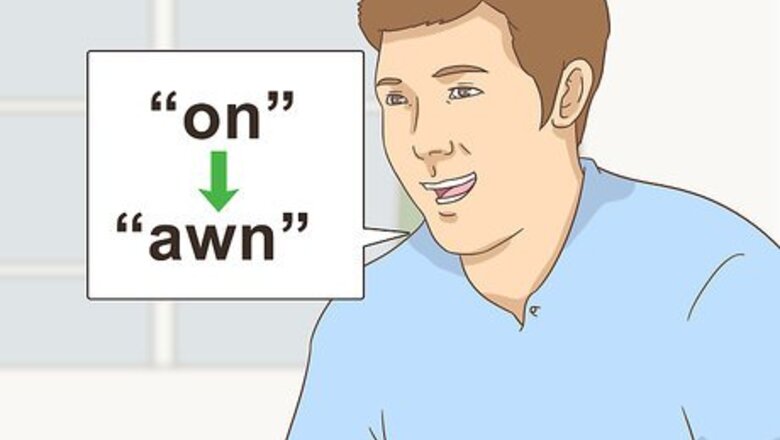
views
Observing Treatment of Vowels and Consonants

Listen for the addition of the “w” sound. New Yorkers may add a “w” to vowels. This is often done to words containing an “ah” sound. A word like “coffee” would be pronounced “cawfee.” For example, “on” would be pronounced “awn.”
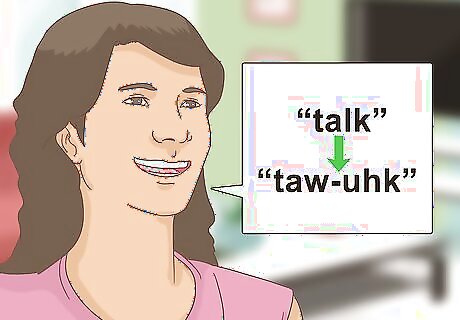
Notice elongated vowels. New Yorkers often alter the pronunciation of vowels by splitting them up into multiple syllables. For instance, “talk” becomes “taw-uhk.” Brooklyn natives in particular tend to elongate or “chew on” their vowels.

Look for emphasis on introductory syllables. New Yorkers may stress the first syllable whereas other dialects may stress the second. For example, “pecan” is pronounced “PEEcan.”
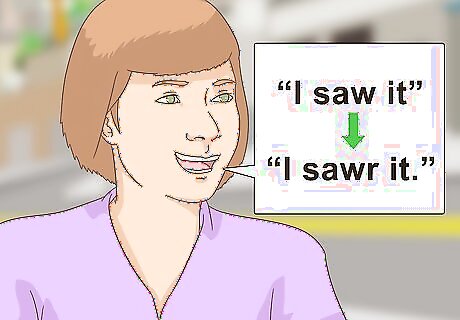
Look for changes to the letter “r.” People with New York accents may add or drop the letter “r” at random. For example, “I saw it” may become “I sawr it.” The word “doctor” may become “doctah.”

Observe the replacement of the “th” sound. New Yorkers may substitute “d” for “th.” For example, “these” becomes “dees.” Another change to the “th” sound is changing it to a “t” sound. For instance, “tree” instead of “three.”
Recognizing Dialect
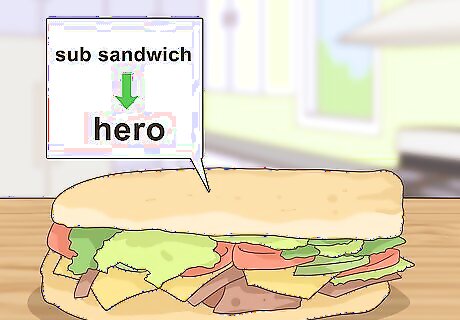
Observe New York slang. New York slang is used for things, like sandwiches or corner stores. It’s also used to replace common phrases. A sub sandwich may be called a “hero.” A corner store may be called a “bodega.” “Thank you” may be replaced with “Good looks,” which is a shortened form of the slang “Good looking out.” “Gotchu” is used as slang for “you’re welcome,” as in “I’ve got your back” or “I’ve got you covered.” People in New York may say “on a line” instead of “in line.” They may also say “around the way” instead of “nearby.”
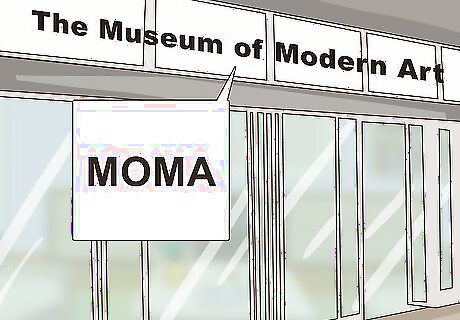
Notice how New Yorkers reference native landmarks. New Yorkers will often use their own terms for these places. This is one way to recognize whether someone is from New York or not. Long Island City is called by its letters, L-I-C. The Museum of Modern Art is called “MOMA,” pronounced like the “om” sound in “Sonoma.” The John F. Kennedy International Airport is called JFK. The observation area atop the Rockefeller Center is called “Top of the Rock.”
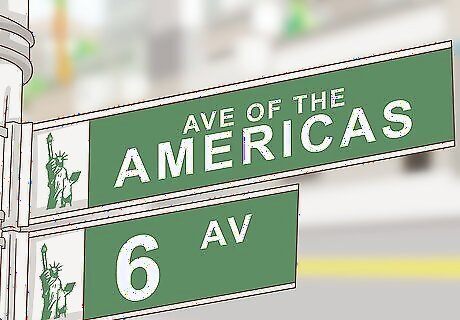
Observe the New York version of geographical areas. Streets in New York have official names. They also have nicknames used by New Yorkers. Portions of the city are also characterized with nicknames. 6th Avenue is referred to as “Avenue of the Americas.” Interstate 278 is called “B.Q.E.,” an abbreviation for the Brooklyn-Queens Expressway. ”The Willie B” refers to the Williamsburg Bridge. ”Upstate” refers to areas north of Westchester County. “Downtown” is south of Manhattan’s Canal Street.
Identifying Speech Style

Look for a clipped but high-energy speech style. When a New Yorker meets a new person, they may tend to ask abrupt, rapid-fire questions in a very high or low pitch. To some people, this may come across as pushy or nosy. For example, a New Yorker may ask you, “What’s your name? Where ya from? Whaddya do for a living? Yeah, how’s that?” People from Brooklyn, for example, tend to have more of a laid-back delivery than those from the Bronx, who generally come across more tough.

Evaluate the tone. New Yorkers tend to have a tone that is particularly tense or lax. People from Queens may be considered more nasal or whiny. Manhattanites tend to use a rushed, hush, professional tone. Italian New Yorkers may use up-and-down inflections.
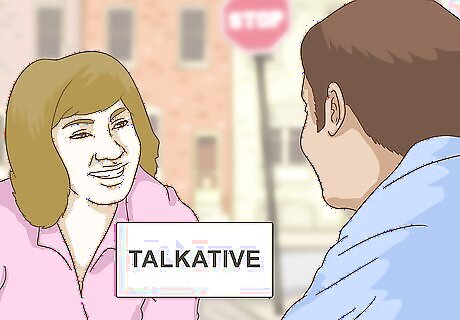
Observe whether the person is talkative. Consider whether they tend to replace silence with conversation. New Yorkers may make comments to strangers, particularly regarding general complaints. For example, a New Yorker may complain about the subway schedule or garbage collection to anyone nearby in public. New Yorkers may interrupt or talk over other people.



















Comments
0 comment